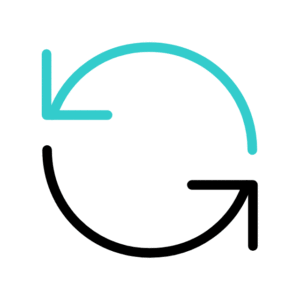Fad diets have been the flavor of the month for… well… YEARS!
Vegan, Keto, Carnivore, and Atkins (if you’re a codger ![]() ).
).
I don’t discriminate, but I have to choose something – so I’ll pick on the Carnivore diet (they can take it).
It’s a emerging diet trending from 2018 where people eat only beef (organs, meat, marrow, broth)
So how did it trend so rapidly?
The answer: Positive Feedback Loops.

Here’s the breakdown:
1. As more adopt Carnivore-based diets, the demand for Carnivore-based foods increases.
2.This increased demand leads to more availability and variety of Carnivore-based food options, making it easier and more convenient for others to adopt carnivore diets. Soon your local gas station will be stocked full of bone broth and… these things.
3.This adoption occurs until the trend permeates the cultural zeitgeist, and either fizzles out due to unsustainability, has a wind down period, or becomes a mainstay.
Contagion is the result.
And it’s not just diets. This self propagation is the underlying structure behind network effects, synergies within holding companies, and a part of the rational of why venture backed companies pay for growth in unprofitable companies.
Positive feedback loops can lead to exponential growth or collapse. This depends on the system as in the case of a company experiencing rapid growth, positive feedback loops can lead to even more growth, as more customers lead to more revenue. This creates an expansion cycle. However, if that growth becomes unsustainable, collapse is rapid and unforgiving.
This is completely counter to the neoclassical economic paradigm of point of equilibrium– if the efficient market hypothesis was correct, markets would reach a point of homeostasis, ie. negative feedback.
Spoiler– it’s not, and it doesn’t.
Negative feedback loops occur when an initial change in a system leads to additional changes that counteract the initial change. It results in a self-correcting cycle and homeostasis is reached.
This is the thinking behind theoretical neoclassical equilibrium points. A self-correcting cycle is created that keeps the market within a narrow range.
Understanding the difference between positive and negative feedback loops can enhance your understanding of complex systems because they have vastly different effects on the system they are influencing.
Negative feedback loops can lead to stability and resilience in a system. If a company is facing financial difficulties, negative feedback loops can lead to corrective action and eventual stabilization. As profits decline, the company may cut costs. This leads to higher profits and reinvestment, ultimately stabilizing the business.
Understanding each type of feedback loop is particularly relevant to analyzing markets. Both types have significant impacts on economies. Positive feedback loops can lead to market bubbles, bank runs, and unicorns while negative feedback loops can lead to market corrections.
When you grasp both dynamics and add them to your latticework, you’ll start seeing their effects everywhere.
So next time you see them at play, remember where you heard it from, and tell your dad to sign up for our QYP newsletter so he’ll no longer be at the mercy of life’s complexities.










